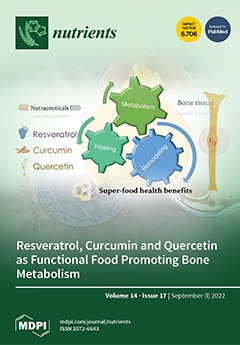The effect of nitrate (NO
3−) supplementation on blood pressure (BP) responses during large muscle mass isometric and ischaemic exercise in healthy young adults is unclear. The aim of the present study was to assess the effect of 5-day supplementation of NO
3− on BP responses during a short isometric contraction and a sustained ischaemic contraction. In a randomised, double-blinded, crossover design, 14 healthy active young adults underwent BP measurements after 5 days of either NO
3− (NIT) or placebo (PLA) supplementation. Beat-by-beat BP was measured at pre- and post-exercise rest, and during a short (20 s) isometric contraction at 25% maximal strength and throughout a sustained ischaemic contraction. Plasma nitrite (NO
2−) concentration increased significantly after NO
3− supplementation compared to placebo (475 ± 93 nmol·L
−1 vs. 198 ± 46 nmol·L
−1,
p < 0.001,
d = 3.37). Systolic BP was significantly lower at pre- (
p = 0.051) and post-exercise rest (
p = 0.006), during a short isometric contraction (
p = 0.030), and throughout a sustained ischaemic contraction (
p = 0.040) after NO
3− supplementation. Mean arterial pressure was significantly lower at pre- (
p = 0.004) and post-exercise rest (
p = 0.043), during a short isometric contraction (
p = 0.041), and throughout a sustained ischaemic contraction (
p = 0.021) after NO
3− supplementation. Diastolic BP was lower at pre-exercise rest (
p = 0.032), but not at post-exercise rest, during a short isometric contraction, and during a sustained ischaemic contraction (all
p > 0.05). Five days of NO
3− supplementation elevated plasma NO
2− concentration and reduced BP during a short isometric contraction and a sustained ischaemic contraction in healthy adults. These observations indicate that multiple-day nitrate supplementation can decrease BP at rest and attenuate the increased BP response during isometric exercise. These findings support that NO
3− supplementation is an effective nutritional intervention in reducing SBP and MAP in healthy young males during submaximal exercise.
Full article






